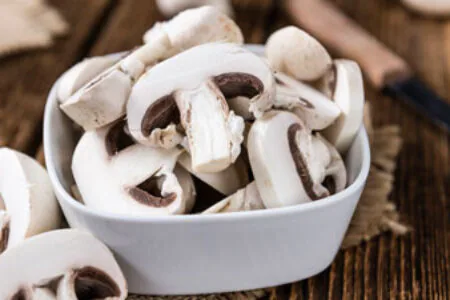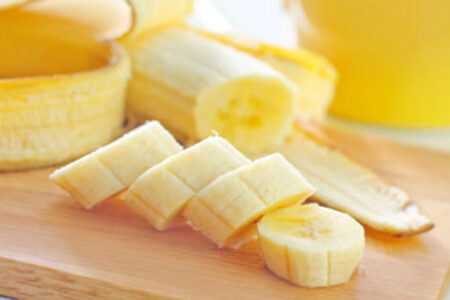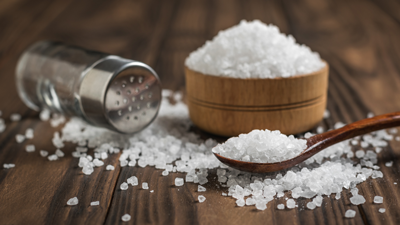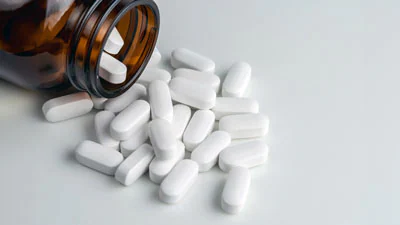
Potassium is a key nutrient for our health that is easy to obtain if we eat plenty of plants. Unfortunately, most people are not getting enough. The Dietary Guidelines for Americans 2020-2025 refer to potassium as a dietary component of public health concern for the general U.S. population, and specifically for infants and toddlers.
98% of the population is not reaching the Daily Value of 4700 mg, and the average potassium intake for individuals over 2 years old is 2,496 mg which falls short of reaching Adequate Intakes for anyone over 9 years old – try our personalized calculator below.
We need potassium to maintain normal fluid levels inside every cell in our body. It also helps with bone density, it is essential to maintain normal blood pressure, and it helps mitigate the consequences of sodium consumption. Potassium is an electrolyte that helps our muscles contract, including our heart and our digestive tract. When it comes to our brain, an adequate intake helps prevent hypertension, thus reducing our risk of stroke. It also may help prevent Alzheimer’s disease by reducing the formation of amyloid beta plaques, as well as oxidation and inflammation.
If we don’t get enough potassium, we increase our risk of high blood pressure, kidney stones, and of losing calcium in our bones. High deficiency or hypokalemia can cause constipation, fatigue, muscle weakness, and cramps. In extreme cases, it can affect heart muscle contractions, putting our lives at risk.
Check out some of the top sources of potassium to ensure you include them in your diet. Continue to scroll down to try our personalized calculator and to learn more interesting facts about potassium and our health.
Top Whole-Food, Plant-Based Sources
Hover over each whole, plant-based food below to see how much potassium you can get with one serving. Click on each food’s picture to visit its interactive page with a personalized calculator of all the nutrition you can get from one serving, more information about how it supports our body, tips to choose and prepare it, interesting facts, and more!

Sweet Potato and Potato
1 medium baked = 12-24% DV

Avocado
1 medium = 15% DV

White Beans
1 cup cooked = 21% DV

Spinach
1 cup cooked = 18% DV

Butternut Squash
1 c cooked = 12% DV

White Mushrooms
1 c cooked = 12% DV

Soybeans
Mature 1 c cooked = 19% DV | Edamame = 16% DV

Banana
1 medium = 9% DV
Potassium Personalized Calculator
See how much potassium you and your family members need, according to the Dietary Guidelines for Americans, 2020-2025. You will notice that the Daily Value (DV) is much higher than the Adequate Intakes (AI). This is because the DV reflects the AIs we had until 2020. For optimal potassium benefits, aim at getting as close as possible to the DV. Still, reaching our AI is associated with having lower blood pressure and can help counteract the effects of sodium intake.
Terminology:
- Daily Value (DV): The recommended amount of nutrients to consume each day for individuals who are 4 years old or older.
- Adequate Intake (AI): This is an approximation of nutrient intake by a group or groups of healthy people, based on age, sex, and whether a woman is pregnant, lactating, or none. This is used when a Recommended Daily Allowance (RDA) cannot be determined.
- Upper Intake Level (UL): The highest amount of nutrient intake that will not pose adverse health effects on most individuals.
Important Things to Know
Comparison of Potassium Sources
You may be wondering about other potential sources of potassium, such as supplements and animal-based products. Below we make a quick and simple comparison between the three options.









